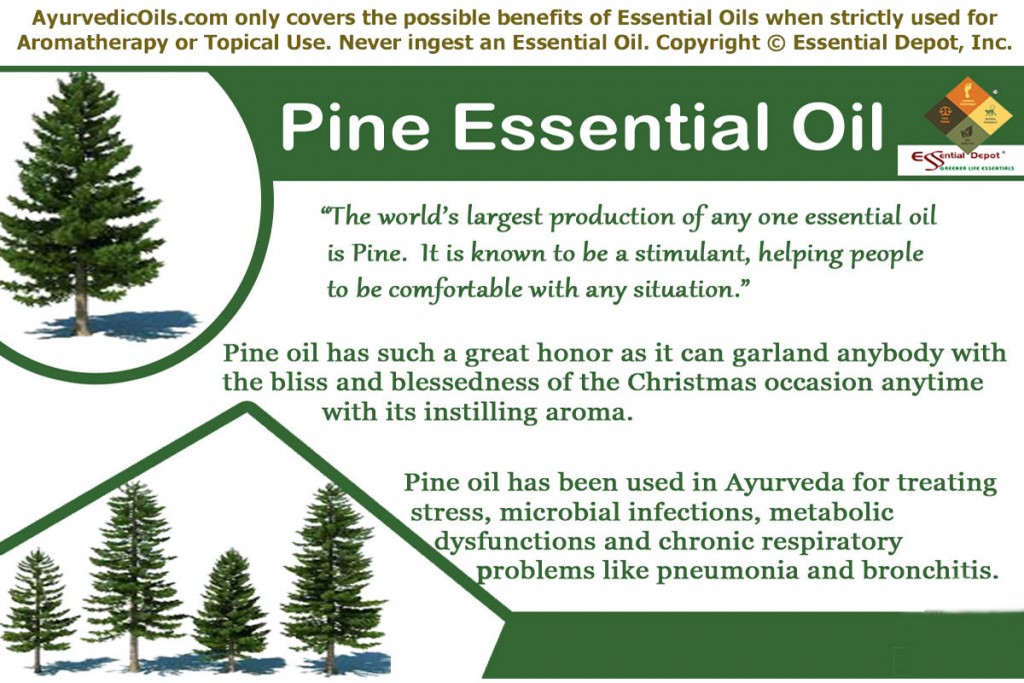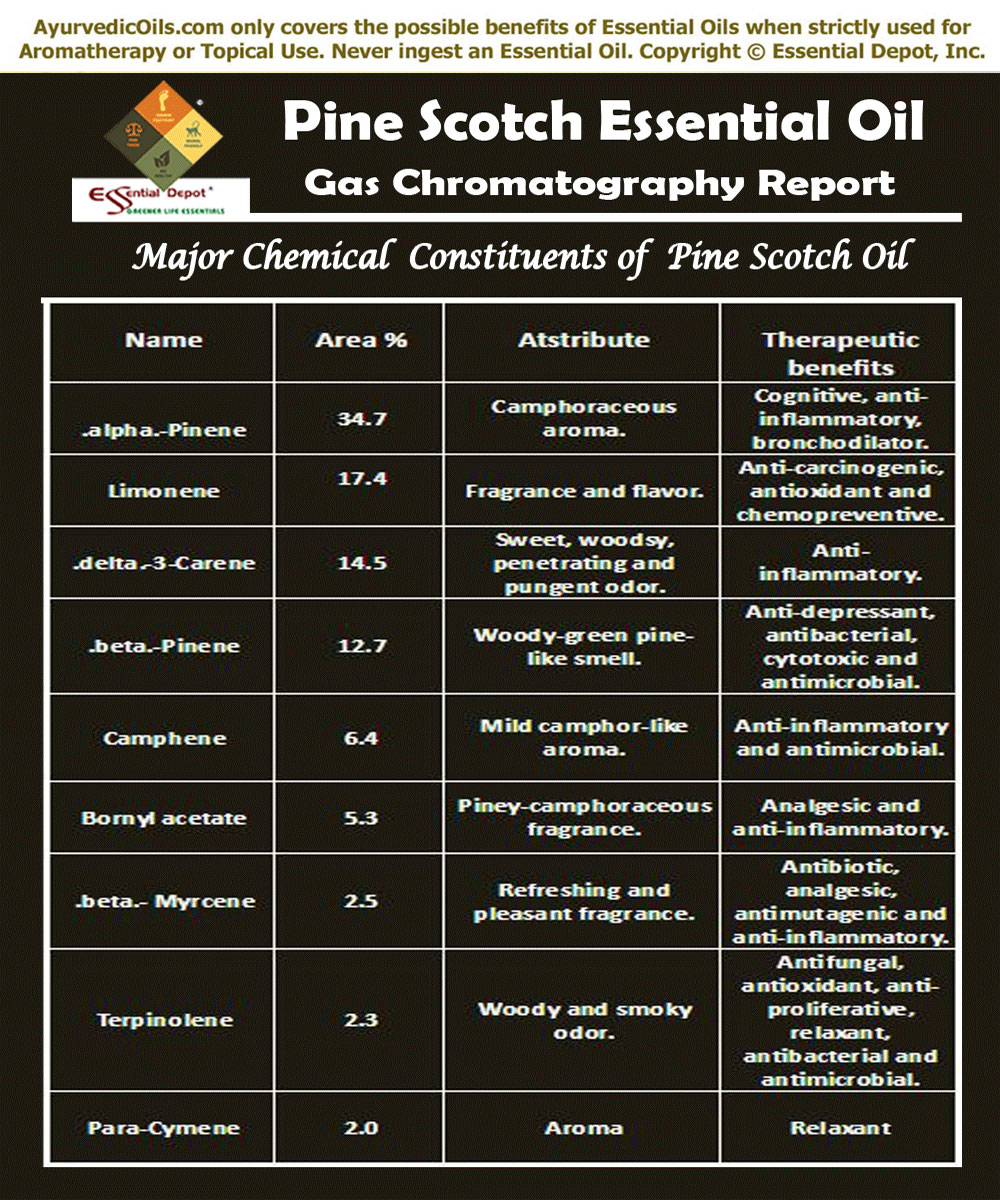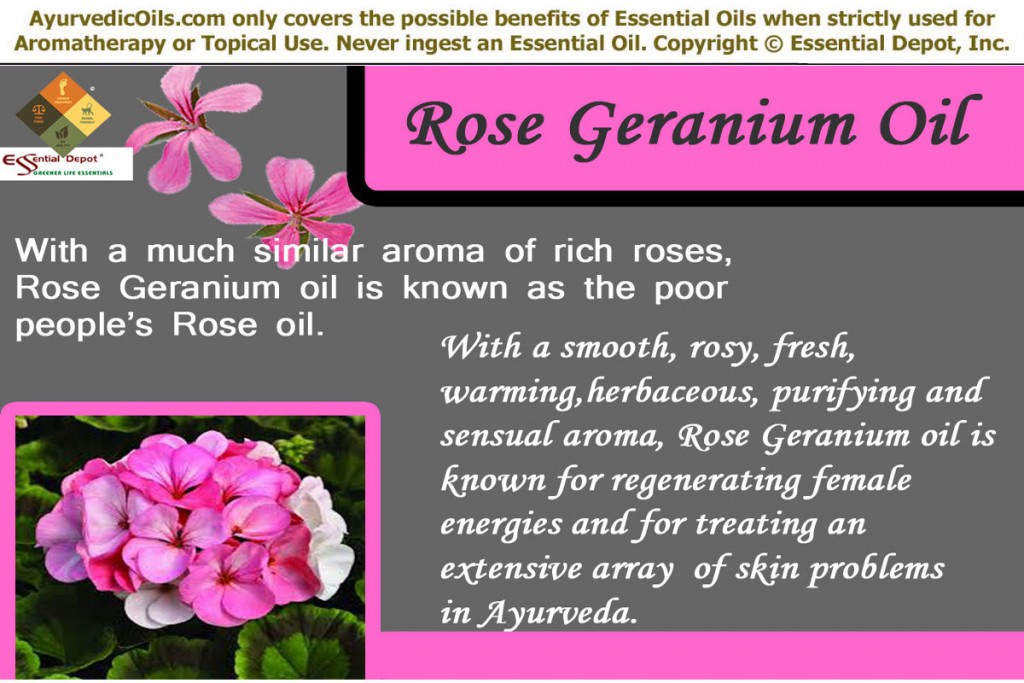 Pine oil has such a great honor as it can garland anybody with the bliss and blessedness of the Christmas occasion at any given time. Apart from its use in Christmas decoration, Pine tree and the essential oil extracted from its needles through steam distillation method has many uses in the field of Complementary and Alternative medicine and in household cleaning. There are many species of Pine trees and the common ones used for essential oil extraction are Pinus sylvestris, Pinus alba, Pinus pinea and Pinus pinaster.
Pine oil has such a great honor as it can garland anybody with the bliss and blessedness of the Christmas occasion at any given time. Apart from its use in Christmas decoration, Pine tree and the essential oil extracted from its needles through steam distillation method has many uses in the field of Complementary and Alternative medicine and in household cleaning. There are many species of Pine trees and the common ones used for essential oil extraction are Pinus sylvestris, Pinus alba, Pinus pinea and Pinus pinaster.
The book Ayurveda and Aromatherapy by Bryan Miller and Light Miller quotes Pine oil as “The world’s largest production of any one essential oil is Pine. It is known to be a stimulant, helping people to be comfortable with any situation”.
With similar properties like Eucalyptus oil, Pine oil was used as a strong medicinal aid in many traditional healing practices including Ayurveda for treating chronic respiratory problems like pneumonia and bronchitis.
Purchase Pine Essential Oil – Retail – CLICK HERE
Purchase Pine Essential Oil – Wholesale – CLICK HERE
Historical importance of Pine tree and its essential oil:
Hippocrates, the father of Western medicine used Pine in the treatment of pulmonary conditions and established its healing effects on the respiratory system. Pine oil was recommended by the ancient physician Pliny for treating respiratory and lung problems.
The Native Americans chewed the needles of the Pine tree to defend against scurvy. They also used the clean-scented Pine needles on their bed to ward off fleas, lice and bed bugs. The highly ornamental timber of Pinus pinaster also known as Maritime pine was used in making furniture, building frames, panels, internal flooring, veneers, particle board etc. The pinecones are also used as Christmas decorations.
Chemical constituents or Gas Chromatography Report (GC) of Pine Scotch oil:
According to the Gas chromatography report, Pine Scotch oil constitutes of 15 chemical components that contribute to its fragrance, therapeutic attributes, consistency and quality of this oil. Of which, alpha-Pinene contributes to the highest proportion of Pine Scotch oil constituents with about 34.7% of its total composition.
Just click on:
I believe that this must certainly help you in getting to know the exclusive information about these prime chemical constituents of Pine Scotch oil.
The table crafted below clearly depicts the unique nature and contributions of these biochemical constituents to the healing magnificence of Pine Scotch essential oil.
Therapeutic properties of Pine essential oil:
The therapeutic values of Pine pinaster oil are anti-inflammatory, expectorant, restorative, stimulant, antiviral, antibacterial, circulatory, decongestant, disinfectant, analgesic and deodorant. The bark of this tree contains Oligomeric Proanthocyanidin Complexes (OPC’s) that make it an effective antioxidant that can fight against free radicals responsible for cancerous diseases.
Ayurvedic health benefits of Pine essential oil:
Ayurveda is a common sense science that considers illness as an opportunity to trace what is out of balance and what is the actual root cause for an illness. Ayurvedic remedies aim at treating the individual as a whole and the root cause of the disease instead of the disease alone. This helps in preventing illnesses in the future and paves way for healthy aging and longevity.
According to this traditional methodology, same medicine is not given to two individuals even if they have the same health problem because Ayurveda trusts that every individual is unique with a special combination of energy elements known as vata, pitta and kapha doshas and every person needs a unique treatment based on their individual constitution.
Every human being will have a predominance of any one of these doshas, which determines his/her personality. Dosha imbalance is the major reason for all kinds of sickness. Among the three doshas, Pine essential oil has the power to reduce surplus of vata and kapha and treat pitta deficiency.
The major Ayurvedic health benefits of using Pine essential oil are: 1. Soothes respiratory problems:
1. Soothes respiratory problems:
5 drops of Pine essential oil added to steam inhalation helps you in treating sinusitis, cough and cold. The decongestant and expectorant properties of this oil aids in breaking up the mucus deposits and expelling it from the lungs.
Painful cough, congestion, flu, bronchitis, blocked nose, chest congestion, asthma and sinus infections can be treated with this natural aid. You can also mix 2 drops of Pine oil with 2 drops of Eucalyptus oil in a base of coconut oil for using it as a rub or in warm bath for lessening the effects of such respiratory infections.
2. Alleviates stress:
The sweet, slightly balsamic, evergreen, woody and fresh aroma of Pine essential oil instills a warm feeling of newness on the mind. The aromatic molecules in the essential oil that pass through the nasal passages reach the limbic system of the human brain, where emotions, feelings and responses are controlled. This aids in transforming the relaxing, calming, invigorating, balancing, detoxifying, uplifting, strengthening and energizing effects of Pine essential oil on the mind and body.
This makes Pine essential oil as an excellent mood enhancer and makes it a powerful remedy in alleviating mental strain, stiffness, stress, fatigue, nervous tension and fear. Pine oil is known to help people remember the ways to get along with the flow of life; just like the Pine tree does by the ebb of the sea.
It is for this reason Pine essential oil is a proven remedy in treating memory loss and lack of concentration power. Inhaling the aroma of the divine Pine oil by adding 3 to 4 drops in your diffuser, potpourri, pillows or to a napkin aids in granting emotional stability and the power to go on and on.
3. Reduces pain and boosts metabolism:
Pine essential oil has analgesic and anti-inflammatory properties that aids in treating rheumatic pain, muscular aches, stiff joints and arthritis. Massaging the affected area with 5 to 6 drops of Pine oil added to soothing carrier oils like sesame oil or coconut oil followed by a hot bath blended with 3 drops of Pine oil can grant you relief from all kinds of pain. This massaging also helps in boosting your metabolism and stimulates the process of digestion. Pine essential oil is also used as a diuretic for eliminating water retention and toxins from your body.
4. Fights against bacteria and other harmful organisms:
A 2001 study on ‘Chemical and Antimicrobial Properties of Essential Oils of Five Moroccan Pinaceae’ suggested that the examination of the antibacterial activity witnessed that the essential oils of Pinus pinaster and Pinus pinea demonstrated a definite activity against all types of organisms tested and also possess a remarkable antiseptic activity.
5 drops of Pine essential oil blended with carrier oils like almond oil can be used in massaging, in bath or as a topical application for inhibiting the growth of bacteria, fungi, virus and certain other harmful organisms. This aids in protecting one from skin infections, urinary tract infections, bacterial infections and viral infections like flu and cold.
5. Protects the skin:
As a natural antiseptic, astringent, circulatory, antiviral, restorative and antibacterial oil, Pine essential oil is known for treating an extensive range of skin problems like acne, burns, psoriasis, athlete’s foot, dry scaly skin, boils, itching, eczema and wounds. You can add 4 drops of Pine essential oil to your antiseptic cream or skin care lotion and apply it on the affected part for quicker healing.
Tremendous health benefits of the bark extract of Pinus pinaster: Apart from the essential oil, the extracts from the bark of the Pinus pinaster tree has gained great recognition for its effectiveness in treating a wide range of illnesses.
A recent research on ‘Pharmaceutical and nutraceutical effects of Pinus pinaster bark extract’ proved that “P. pinaster bark extract (PBE) contains polyphenolic compounds (these compounds consist of catechin, taxifolin, procyanidins of various chain lengths formed by catechin and epicatechin units, and phenolic acids) capable of producing diverse potentially protective effects against chronic and degenerative diseases.”
This extract was also evidenced with anti-inflammatory effects, cholesterol-lowering effects, antimicrobial and antiviral effects, benefits for cardiovascular system, venous disorders, attention deficit hyperactivity disorder (ADHD), allergy and asthma, menstrual disorders, pregnancy associated pain and endometriosis.
Disclaimer:
Essential oils are highly concentrated liquids that can cause irritation of the skin and mucous membranes when used undiluted. It should always be used after diluting in carrier oils. Do not take essential oils internally as it may be harmful for your system. Consult your Ayurvedic practitioner before using essential oils for your unique individual constitution.
The MSDS (Material Safety Data Sheet) of Pine Scotch oil is readily available for your enhanced safety and better usage.
Gas Chromatography Report (GC analysis) of Pine Scotch oil.
Pine Scotch Essential Oil – Possible Skin Issues:
Greener Life Diamond – Bio-Healthy Score => 3 – Possible Skin Issues:
See => http://www.essentialdepot.com/GreenerLifeDiamond.html
The essential oil of Pine Scotch is said to cause mild skin irritation, contact dermatitis, sensitization, allergic reactions and irritation of the mucous membrane. It has been certified as GRAS (Generally Regarded As Safe) by the FEMA (Flavouring Extract Manufacturers’ Association). The chief chemical components responsible for the adverse skin impacts of Pine Scotch oil are α-pinene, delta-3-carene and limonene, mainly due to their autoxidation effects.
Certain studies report the effects of Pine scotch oil on contact dermatitis and sensitivity. When used in large doses α-pinene has the potent to cause irritation of the mucous membrane, kidney damage, CNS (Central Nervous System) depression, growth of benign tumors, skin sensitization, allergies and irritation.
According to the Food and Cosmetic Toxicology edition (1976) by L.J. Opdyke, Pine Scotch oil sensitizing and irritating to certain individuals and is nonphototoxic in nature. When tested on repeated dermatitis patients at 2%, this oil provoked allergic reactions in about 12 members of the 1606 tested.
As Pine scotch oil has the tendency to irritate the lining of the mucous membrane during inhalation, it is good to avoid this oil if you have asthma, allergies in the respiratory passages and bronchial disorders.
The International Fragrance Association (IFRA) claims Pine Scotch oil as a sensitizing oil. Pine Scotch oil is recommended only for dermal use and not for ingestion. Besides being proved as an effective cytotoxic agent (fights against cancerous cells), certain studies have witnessed the renal failure, genotoxic and acute toxicity effects of the ingestion of Pine scotch oil.
Never use Pine scotch oil in an undiluted form and make certain that you always blend essential oils with gentle carrier oils like coconut oil and olive oil, as organic essential oils are very concentrated and may cause negative effects on the eyes, skin and the body. Stay safe by using diluted Pine scotch oil and avoid using it on allergies, damaged skin, eyes and inflammatory skin conditions.
It is better to avoid the use of Pine scotch oil if you are pregnant or nursing as there is insufficient information on the safe use of this oil during these sensitive times when the system experience enormous changes in the hormonal functions.
These possible skin issues are applicable only for leave-on products like creams and lotions and not for rinse-off products like soaps, shampoos and other bath preparations.
Reference Links Substantiating the Possible Skin Issues of Pine Scotch Oil:
- Pine oil by Essential Oil Safety: A Guide for Health Care Professionals By Robert Tisserand, Rodney Young
- Pine side effects and safety by WebMD
- Pine Needle Oil Toxicology by Leung’s Encyclopedia of Common Natural Ingredients, used in Food, Drugs and Cosmetics by Ikhlas A. Khan and Ehab A. Abourashed
- Medicinal Plants in Australia Volume 2: Gums, Resins, Tannin and Essential Oils by Cheryll Williams
- Selectivity of Pinus sylvestris extract and essential oil to estrogen-insensitive breast cancer cells Pinus sylvestris against cancer cells by Nguyen Thi Hoai, Ho Viet Duc, Do Thi Thao, Anne Orav and Ain Raal, published in the Pharmacognosy Magazine
- Scotch Pine Needle Oil by The Good Scents Company
- Pinus Species by Adverse Effects of Herbal Drugs 2
Thought for the day:
Trees are the earth’s endless effort to speak to the listening heaven.
-Rabindranath Tagore
Suggested Reading:
- The Practice of Aromatherapy by Dr. Jean Valnet
- Ayurveda & Aromatherapy: The Earth Essential Guide to Ancient Wisdom and Modern Healing by Dr. Light Miller, Dr. Bryan Miller
- The Aromatherapy Companion: Medicinal Uses/Ayurvedic Healing/Body-Care Blends/Perfumes & Scents/Emotional Health & Well-Being (Herbal Body) by Victoria H. Edwards
Reference Links:
- Maritime Pine by Victoria Department of Environment and Primary Industries
- Chemical and Antimicrobial Properties of Essential Oils of Five Moroccan Pinaceae published in The Journal of Essential Oil Research
- Pharmaceutical and nutraceutical effects of Pinus pinaster bark extract published in PubMed

Your resource for quality Essential Oils. Every batch is
GC tested to ensure purity and authenticity.




